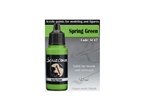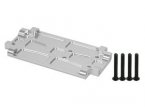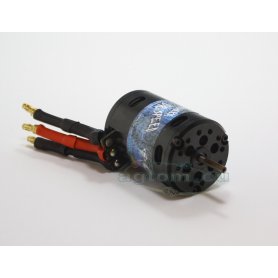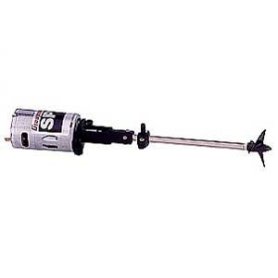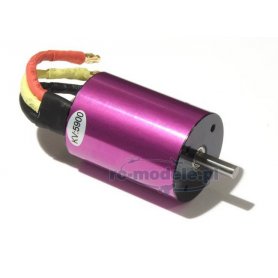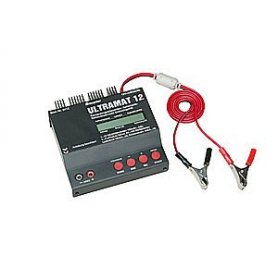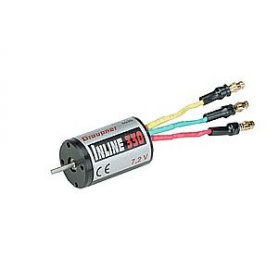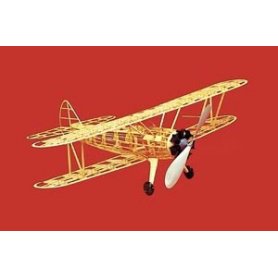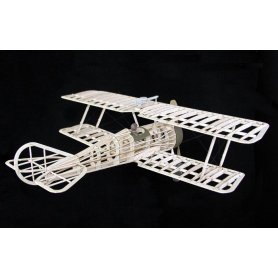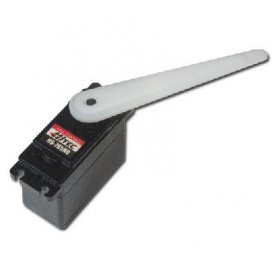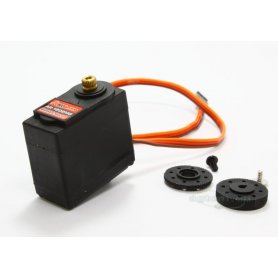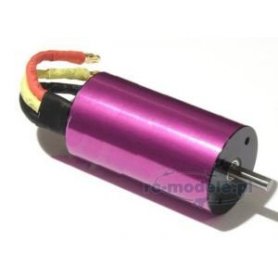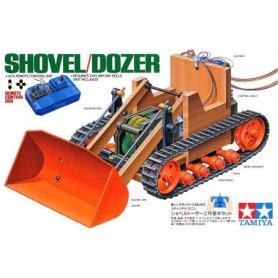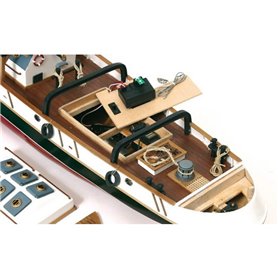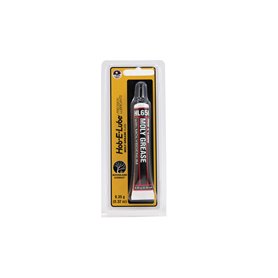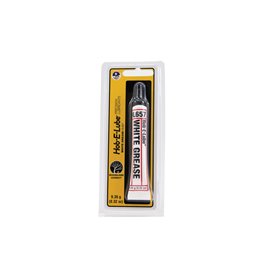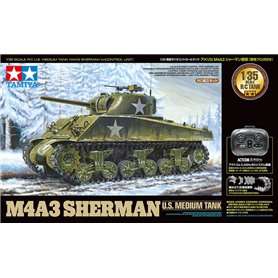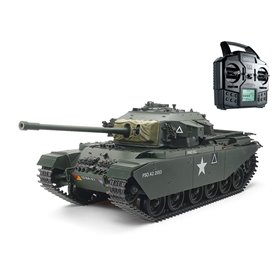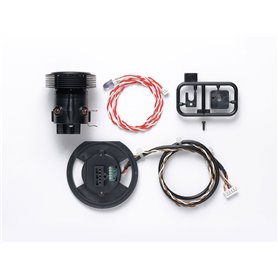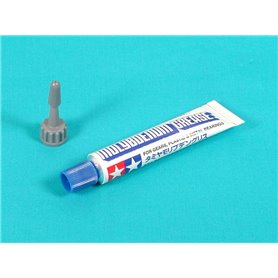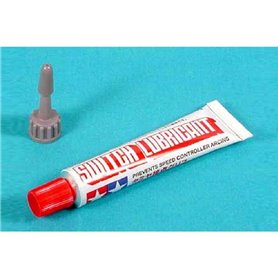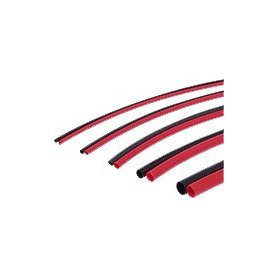RC Combustion Engines – What You Need to Know
Combustion engines are the heart of many remote-controlled models, giving them realistic sound, smell, and significant power. This category features engines designed for various types of RC models, such as cars, airplanes, and boats. They are mainly divided into two types: glow engines (nitro) and gasoline engines. Glow engines, powered by a mixture of methanol, nitromethane, and oil, are characterized by high RPMs and are popular in racing car and aerobatic airplane models. In contrast, gasoline engines, which run on a mixture of gasoline and oil, offer lower running costs and greater torque, making them a popular choice for larger airplane and off-road car models. The choice of the right engine depends on the model's scale, its intended use, and the desired performance.
Essential Accessories for Combustion Engines
Proper operation of a combustion engine requires the right equipment. Our offer includes all the key accessories to ensure trouble-free operation and maintenance. Basic equipment includes specialized model fuels, matched to the specific engine type. Glow plugs, which initiate combustion in nitro engines, are also essential, and their selection affects the engine's performance characteristics. We also offer exhaust systems, including mufflers and resonators, which not only quiet the engine but also affect its power. To start the engine, you will need a starter, and to keep it clean and efficient – air and fuel filters, as well as appropriate fuel lines.
When choosing an engine and accessories, it's important to pay attention to their compatibility. The engine displacement should be matched to the model's weight and size, according to the manufacturer's recommendations. Regular maintenance, using high-quality fuel and oil, and ensuring filter cleanliness are key to the long and trouble-free operation of the power unit. In this category, you will find both complete sets and individual spare parts, such as bearings, pistons, or cylinders, which will allow you to service or tune your engine.




